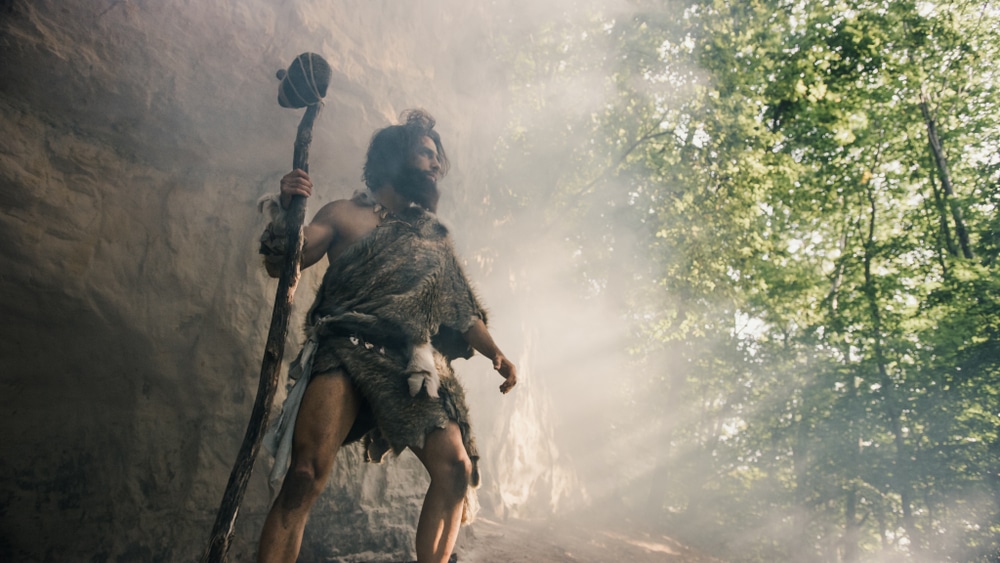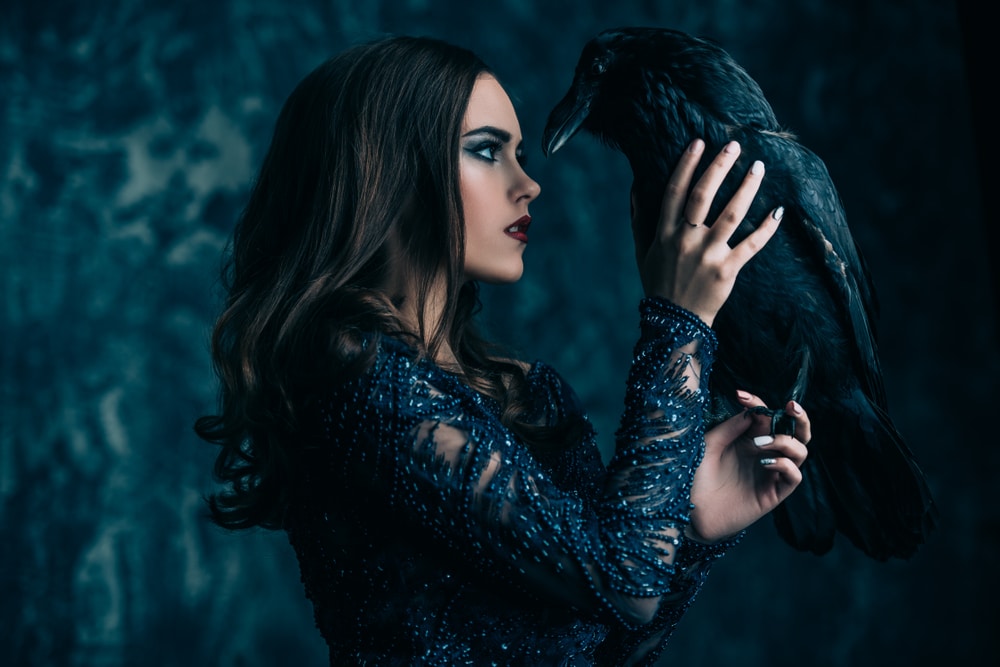Things get stolen all the time. According to the Federal Bureau of Investigation (FBI), a robbery occurs every 1.7 minutes in the United States, and sadly, many of them go unsolved. While stealing ranges from petty theft to grand larceny, it takes a special kind of thief to steal things that can land you in jail for the rest of your life. Surprisingly, some people have committed such crimes and have gotten away with it. Let’s take a look at some amazing items that were stolen.
The Empire State Building
In 2008, it took a New York based newspaper, Daily News, 90 minutes to steal the Empire State Building. The company drafted fake documents with a fake notary stamp which they later submitted to the city who then put their stamp on the documents. The stamp from the city allowed the deed to the $2-billion-dollar property to be turned over to the Daily News. Their experiment exposed a major flaw in the city’s record keeping system and it forced lawmakers to make the much-needed changes. Luckily, Daily news returned the building to the city within the day, and no charges were made against the company.
The Concert Painting
The Concert was a 1664 Johannes Vermeer painting housed at the Isabella Stewart Gardner Museum in Boston, Massachusetts. The famous painting, worth an estimated $200 million was stolen on the morning of St. Patrick’s Day in 1990. The thieves who disguised themselves as police officers requested entry into the museum to investigate a reported disturbance. Once inside they handcuffed the guards, and for 81 minutes, they went on a shopping spree, taking 13 items worth an estimated $500 million. The items were never found, and the museum is still offering a $10 million reward for information that will lead to the art’s recovery.
The Stradivarius Violin
The Stradivarius violin, made by famed string instrument craftsman Antonio Stradivari was purchased by concert violinist Erica Morini’s father for $10,000 in the early 1900s. Almost a century later and now in the possession of his daughter, the $3.5 million violin was stolen from her New York City apartment when she was preparing for a stay at the Mount Sinai Hospital. Her friend discovered that it was missing from the locked cabinet and Morini died without knowing that her beloved violin was gone. The violin is still missing, and it remains on the FBI’s top 10 list of art crimes.
Dorothy’s Slippers
On a summer day in 2005, the famed ruby-red slippers worn by Judy Garland in the Wizard of Oz were stolen from the star’s namesake museum in Grand Rapids, Minnesota. Estimated to be worth $3 million, the slippers were taken from its case after a thief smashed the glass and took off. Investigators were left with very little to work with as there was no camera footage, DNA, or fingerprints. Thirteen years went by, and someone called the insurance company claiming to have information about the missing shoes. Sources claim that the person was planning to make money off the company and was likely the culprit or co-conspirator. The shoes were recovered, and the informant was not given the $1 million reward.
The Fabergé Easter Eggs
The creation of Fabergé eggs started with Tsar Alexander III when he wanted to give his wife, Maria Feodorovna something special for Easter. He and his son Nicholas II continued the tradition every year and in total 50 unique eggs were created. In 1918, during the Bolshevik Revolution, Nicholas’ family and close retainers were murdered and the eggs were taken to the Kremlin in Moscow. Some 20 years later, when the Russian economy declined, the eggs were sold to buyers across the world and can now be found in different museums. Unfortunately, the whereabouts of seven of the eggs have yet to be determined. Each one is estimated to be worth $1 million.










